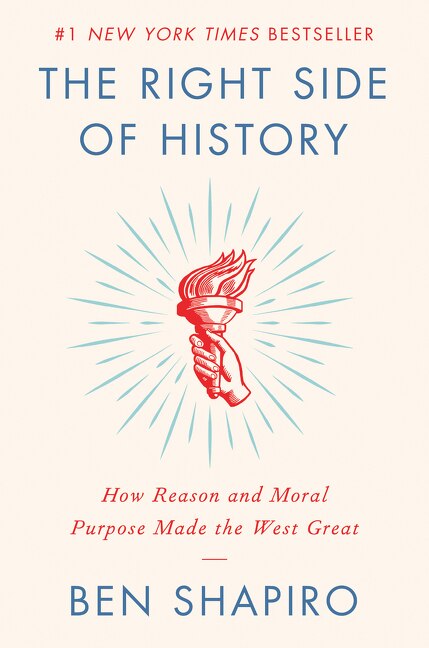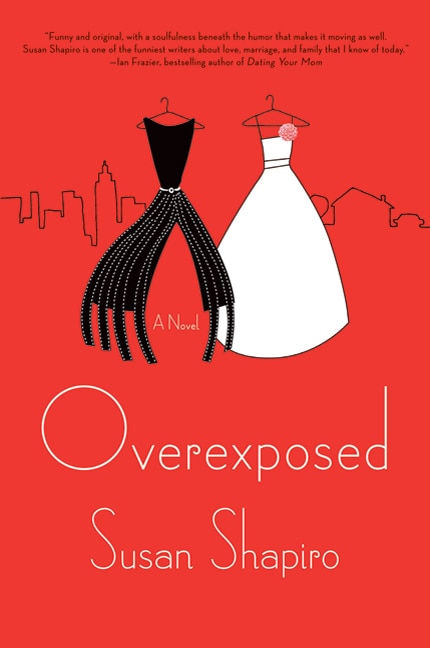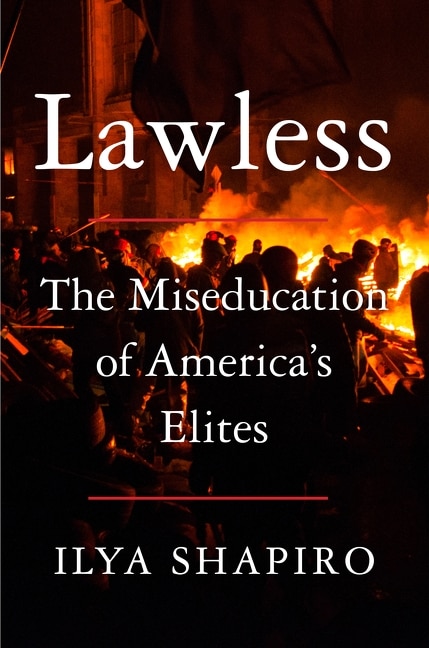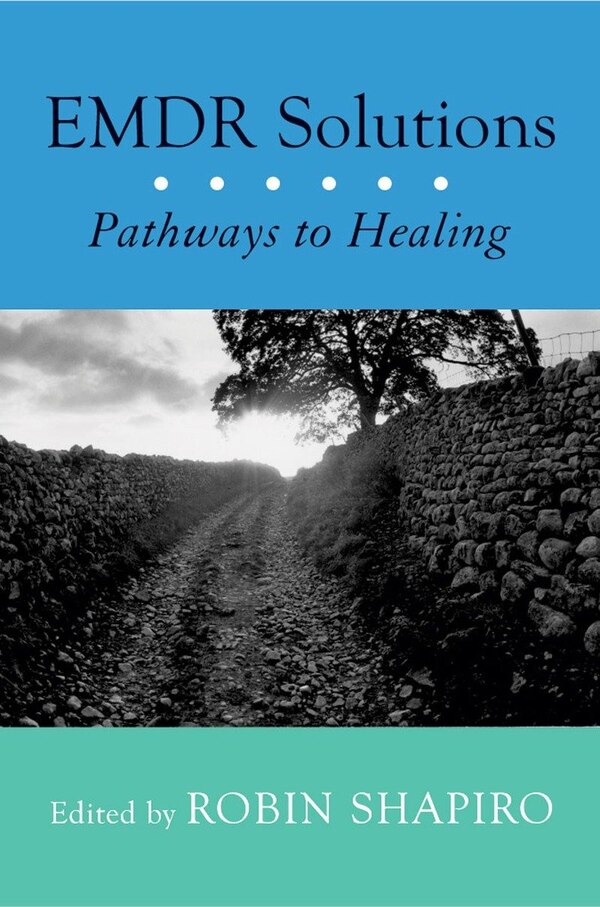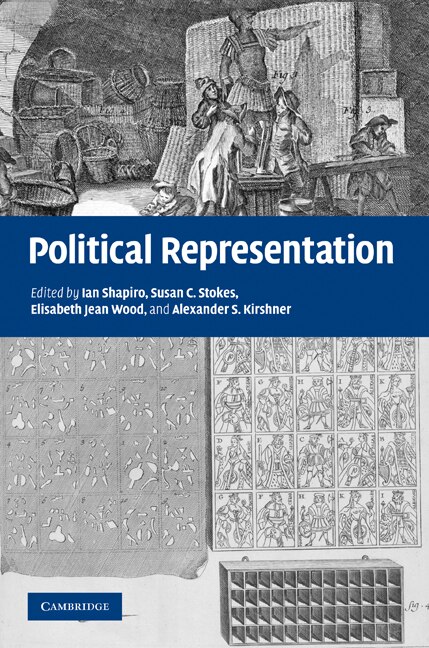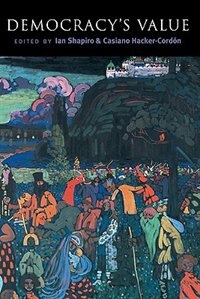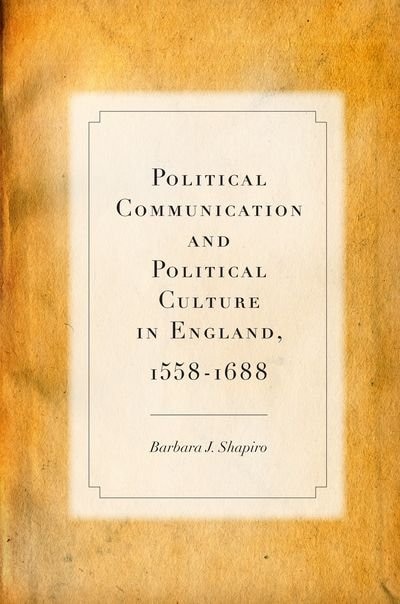
Gifting Made Simple
Give the Gift of ChoiceClick below to purchase a Bramalea City Centre eGift Card that can be used at participating retailers at Bramalea City Centre.Purchase HereHome
The History of Continua by Stewart Shapiro, Hardcover | Indigo Chapters
Coles
Loading Inventory...
The History of Continua by Stewart Shapiro, Hardcover | Indigo Chapters in Brampton, ON
From Stewart Shapiro
Current price: $205.37
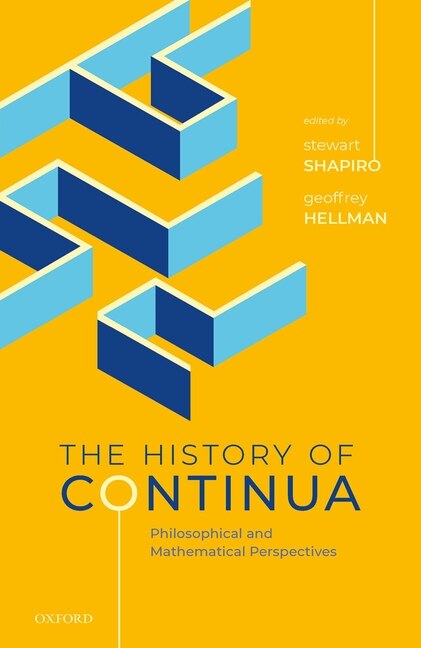
Coles
The History of Continua by Stewart Shapiro, Hardcover | Indigo Chapters in Brampton, ON
From Stewart Shapiro
Current price: $205.37
Loading Inventory...
Size: 25.4 x 234 x 990
*Product information may vary - to confirm product availability, pricing, and additional information please contact Coles
Mathematical and philosophical thought about continuity has changed considerably over the ages. Aristotle insisted that continuous substances are not composed of points, and that they can only be divided into parts potentially. There is something viscous about the continuous. It is a unifiedwhole. This is in stark contrast with the prevailing contemporary account, which takes a continuum to be composed of an uncountably infinite set of points. This vlume presents a collective study of key ideas and debates within this history. The opening chapters focus on the ancient world, covering the pre-Socratics, Plato, Aristotle, and Alexander. The treatment of the medieval period focuses on a (relatively) recently discovered manuscript, by Bradwardine, and its relation to medieval views before, during, and after Bradwardine'stime. In the so-called early modern period, mathematicians developed the calculus and, with that, the rise of infinitesimal techniques, thus transforming the notion of continuity. The main figures treated here include Galileo, Cavalieri, Leibniz, and Kant. In the early party of the nineteenthcentury, Bolzano was one of the first important mathematicians and philosophers to insist that continua are composed of points, and he made a heroic attempt to come to grips with the underlying issues concerning the infinite. The two figures most responsible for the contemporary orthodoxy regarding continuity are Cantor and Dedekind. Each is treated in an article, investigating their precursors and influences in both mathematics and philosophy. A new chapter then provides a lucid analysis of the work of the mathematicianPaul Du Bois-Reymond, to argue for a constructive account of continuity, in opposition to the dominant Dedekind-Cantor account. This leads to consideration of the contributions of Weyl, Brouwer, and Peirce, who once dubbed the notion of continuity the master-key which . . . unlocks the arcana ofphilosophy. And we see that later in the twentieth century Whitehead presented a point-free, or gunky, account of continuity, showing how to recover points as a kind of extensive abstraction. The final four chapters each focus on a more or less contemporary take on continuity that is outsidethe Dedekind-Cantor hegemony: a predicative approach, accounts that do not take continua to be composed of points, constructive approaches, and non-Archimedean accounts that make essential use of infinitesimals. | The History of Continua by Stewart Shapiro, Hardcover | Indigo Chapters
Mathematical and philosophical thought about continuity has changed considerably over the ages. Aristotle insisted that continuous substances are not composed of points, and that they can only be divided into parts potentially. There is something viscous about the continuous. It is a unifiedwhole. This is in stark contrast with the prevailing contemporary account, which takes a continuum to be composed of an uncountably infinite set of points. This vlume presents a collective study of key ideas and debates within this history. The opening chapters focus on the ancient world, covering the pre-Socratics, Plato, Aristotle, and Alexander. The treatment of the medieval period focuses on a (relatively) recently discovered manuscript, by Bradwardine, and its relation to medieval views before, during, and after Bradwardine'stime. In the so-called early modern period, mathematicians developed the calculus and, with that, the rise of infinitesimal techniques, thus transforming the notion of continuity. The main figures treated here include Galileo, Cavalieri, Leibniz, and Kant. In the early party of the nineteenthcentury, Bolzano was one of the first important mathematicians and philosophers to insist that continua are composed of points, and he made a heroic attempt to come to grips with the underlying issues concerning the infinite. The two figures most responsible for the contemporary orthodoxy regarding continuity are Cantor and Dedekind. Each is treated in an article, investigating their precursors and influences in both mathematics and philosophy. A new chapter then provides a lucid analysis of the work of the mathematicianPaul Du Bois-Reymond, to argue for a constructive account of continuity, in opposition to the dominant Dedekind-Cantor account. This leads to consideration of the contributions of Weyl, Brouwer, and Peirce, who once dubbed the notion of continuity the master-key which . . . unlocks the arcana ofphilosophy. And we see that later in the twentieth century Whitehead presented a point-free, or gunky, account of continuity, showing how to recover points as a kind of extensive abstraction. The final four chapters each focus on a more or less contemporary take on continuity that is outsidethe Dedekind-Cantor hegemony: a predicative approach, accounts that do not take continua to be composed of points, constructive approaches, and non-Archimedean accounts that make essential use of infinitesimals. | The History of Continua by Stewart Shapiro, Hardcover | Indigo Chapters



